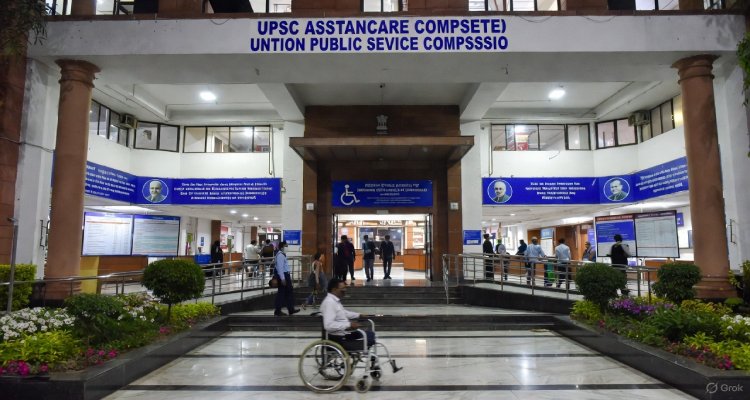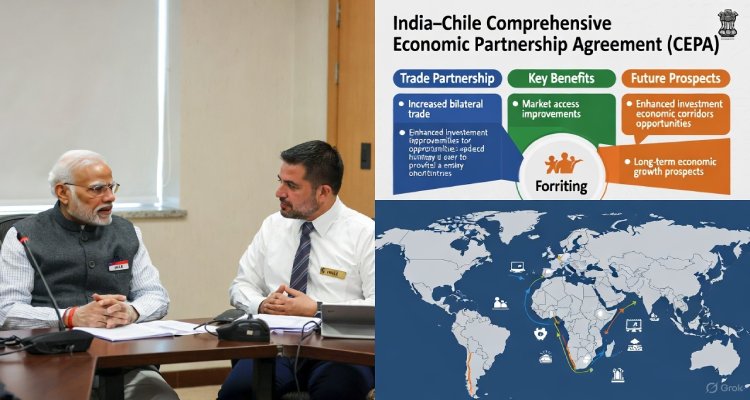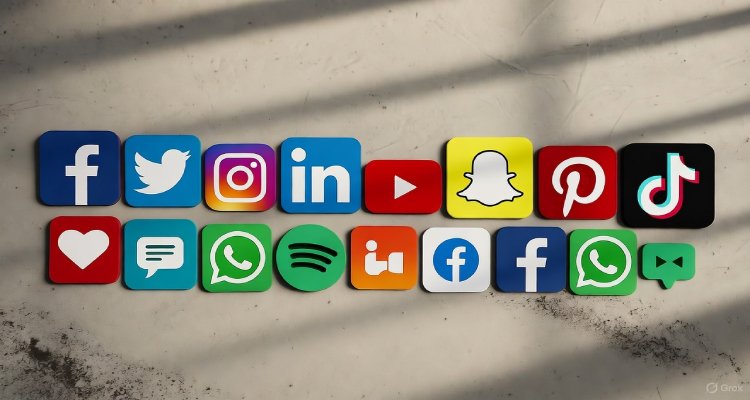Govt Proposes Mandatory Labelling for AI-Generated Content on Social Media
India’s MeitY proposes IT Rule amendments mandating the labelling of AI-generated content to counter deepfakes and synthetic misinformation.
Introduction: A New Digital Reality Check
As deepfake videos and AI-generated media flood social platforms, India’s Centre is sounding the alarm. The Ministry of Electronics and Information Technology (MeitY) has proposed new amendments to the Information Technology (Intermediary Guidelines and Digital Media Ethics Code) Rules, 2021, requiring all AI-generated content on social media to carry clear labels. The move marks one of the strongest regulatory pushes yet to combat the rising tide of misinformation and digital manipulation reshaping online spaces.
Context & Background: Why Now?
Over the past year, India — like much of the world — has witnessed a surge in synthetic media that blurs the line between real and fabricated. From AI-generated political speeches to celebrity deepfakes, these hyperrealistic forgeries have amplified concerns over digital ethics, misinformation, and personal privacy.
MeitY’s latest proposal under the IT Act, 2000, comes amid growing global pressure to ensure transparency in online information ecosystems. The ministry has already issued multiple advisories to major social media intermediaries (SMIs) and significant social media intermediaries (SSMIs) — including platforms such as Meta (Facebook, Instagram), Google (YouTube), X, LinkedIn, and Telegram — urging them to act on deepfake proliferation.
In Parliament, lawmakers have raised alarm over the social and political risks posed by synthetic media, prompting the government to redefine the duties of platforms hosting user-generated content at scale.
Main Developments: What the Proposed Rules Say
The draft amendments propose a detailed framework for identifying, declaring, and labelling AI-generated or modified content. The core principle is accountability through transparency.
Key highlights include:
-
Mandatory Labelling: All AI-generated or synthetically modified visual and audio content must bear a clear identifier. For video content, this label should cover at least 10% of the visual display area or the initial 10% of the clip’s duration.
-
User Declarations: Platforms must ensure users declare whether uploaded media is synthetically generated or modified using AI tools.
-
Verification Obligations: Platforms must deploy reasonable, proportionate technical measures to verify declared synthetic content before publication.
-
Metadata and Visibility Controls: AI-generated media must include embedded metadata and be clearly distinguishable from authentic content.
-
Non-Removal of Labels: Intermediaries are prohibited from altering, hiding, or removing these identifiers.
Failure to comply may cause platforms to lose their “safe harbour” protection under the IT Act — a legal immunity that shields them from liability for user-generated content.
What Is Synthetic Media and Deepfake Technology?
Synthetic media refers to text, images, audio, or video created or modified using artificial intelligence. AI models can now realistically mimic voices, generate believable personas, and fabricate entire events.
Among these, deepfakes pose a severe risk. Enabling ultra-realistic manipulations through deep learning algorithms, they can make individuals appear to say or do things they never did. Common deepfake techniques include:
-
Face Swaps: Replacing one person’s face with another using AI.
-
Lip Syncing: Aligning speech or text to manipulated video frames.
-
Puppet-Master Mapping: Transferring the expressions and movements of one person onto another in real time.
While such technologies have creative potential in entertainment and education, their misuse threatens public trust and information integrity.
Expert Insight and Public Reaction
Cybersecurity analysts and digital rights advocates have largely welcomed the government’s move — while noting that implementation will be complex.
“Requiring clear labels on synthetic media could be a game-changer for online truthfulness,” said a senior researcher at the Internet Freedom Foundation. “However, enforcement mechanisms must balance technological feasibility with privacy rights.”
Content verification experts emphasize that automatic detection tools for deepfakes remain imperfect. “AI-generated fakes are evolving faster than detection systems,” noted Ananya Mehra, an independent tech policy analyst. “Platforms must invest in transparency pipelines rather than rely only on post-hoc moderation.”
Public reactions on social platforms have been mixed. While many support the idea of increased accountability, others worry about potential misuse if platforms over-label legitimate content.
Impact & Implications: Shaping the Future of Digital Transparency
If adopted, the amendment will mark a turning point in India’s digital governance framework. For users, the change could mean more trustworthy content feeds — and fewer viral hoaxes or doctored clips. For large platforms, however, the costs and complexity of compliance could be significant.
By mandating synthetic media disclosure, India joins a small group of countries such as the EU, where similar obligations are emerging under AI transparency frameworks. The policy could also push AI developers to integrate ethical safeguards and watermarking systems directly into generation models.
Politically, the reform is expected to influence upcoming elections by curbing doctored campaign material — a growing international concern as deepfakes are increasingly used to sway voter perception.
Conclusion: Building Digital Trust in the Age of AI
The proposed labelling mandate underscores India’s attempt to future-proof its digital ecosystem against the unchecked spread of synthetic falsehoods. While artificial intelligence promises revolutionary innovation, its misuse can corrode trust — the foundation of social and political discourse.
By forcing transparency in AI-generated content, the government aims to restore authenticity to the online experience. The challenge now lies in enforcing these rules effectively, before synthetic deception outpaces regulatory control.
Disclaimer: The information in this article is based on MeitY’s proposed draft amendments as of October 2025. Policy details and implementation timelines may evolve following public consultation and official notification.











